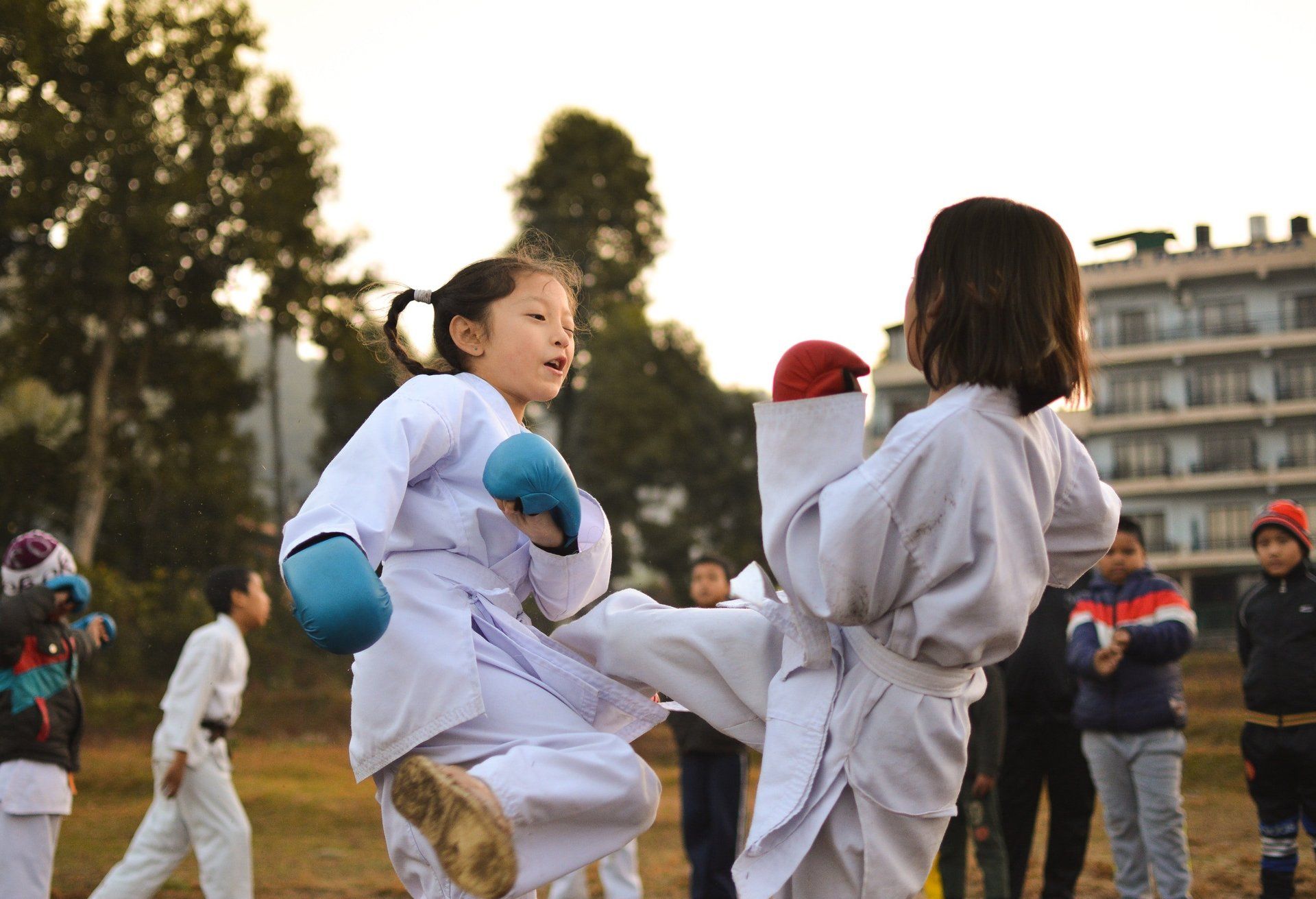What Every Parent Should Know About Best Shoes for Growing Feet

Best Shoes for Growing Feet: What Every Parent Should Know
Finding the perfect shoes for growing feet is a common challenge for parents. Children’s feet change rapidly, so choosing shoes that offer proper support—often with advice from a podiatrist for kids —flexibility, and durability is essential for comfort and healthy development. This article covers key features, accurate measurement techniques, age-specific styles, the impact of foot conditions, top brands, proper fit, and the latest trends in children’s footwear.
Key Takeaways
- Children's shoes must offer excellent arch support, flexibility, and cushioning.
- Accurate measurement and the correct shoe size are critical to prevent foot problems.
- Different ages and activities require tailored shoe types.
- Foot conditions like flat feet or high arches require specialized support or a podiatrist ’s consultation.
- Top brands and innovations, including sustainable materials and advanced design, are changing children’s footwear.
What Are the Key Features to Look for in Shoes for Growing Feet?

The key features include proper arch support, flexibility, cushioning, quality materials, and secure closures. Arch support helps maintain the natural shape of the foot and prevents overpronation. Flexibility and cushioning, provided by materials like memory foam insoles, absorb shock and allow natural movement. Breathable materials such as mesh and durable options like leather ensure comfort and long-lasting wear. Closures like Velcro and elastic laces make it easier for children to dress and help keep the shoes securely on their feet.
How Does Arch Support Benefit Children’s Foot Health?
Proper arch support stabilizes the foot, distributes weight evenly, and reduces strain on tendons. Shoes with good arch support promote correct gait alignment and can help prevent flat feet, ensuring children remain comfortable during activity.
Why Is Flexibility and Cushioning Important in Kids’ Shoes?
Flexibility allows shoes to move naturally with the foot while cushioning absorbs shock from activities like running and jumping. This reduces pressure on the feet and helps prevent discomfort and injury.
What Shoe Materials Are Best for Breathability and Durability?
Materials such as leather, synthetic fabrics, and breathable mesh help reduce moisture and odor. Durable construction ensures that shoes withstand active play, and memory foam insoles add extra cushioning and comfort.
Which Closure Types Are Easiest and Safest for Children?
Easy-to-use closures like Velcro straps and elastic laces are ideal because they ensure a snug fit and reduce the risk of tripping by keeping the shoes securely fastened during play.
How Do You Measure and Choose the Right Shoe Size for Growing Feet?
Accurate measurement of a child’s foot is essential to avoid discomfort or long-term issues. Regular measurement helps adjust shoe sizes as the child grows. A precise measuring tool and a reliable sizing chart are the best ways to choose the correct shoe size.
What Is the Step-by-Step Method to Measure Your Child’s Feet Accurately?
Have your child stand on a piece of paper with their heel against a wall. Trace each foot and measure from heel to toe with a ruler. Compare the measurements with a trusted sizing chart and use the larger foot’s measurement when selecting a shoe size.
How Often Should You Check and Update Your Child’s Shoe Size?
Because children's feet grow rapidly, it is recommended to remeasure every three to four months. This ensures the shoes do not become too tight or too loose.
What Are the Best Shoe Sizing Charts and Guidelines for Toddlers to Teens?
Professional shoe stores and pediatric podiatrists suggest using age-specific sizing charts. Many brands offer tailored guides for toddlers, preschoolers, and teenagers based on international standards to accommodate growth spurts.
Which Shoe Types Are Best Suited for Different Ages and Activities?

Different age groups and activities require different shoe types for optimal performance and comfort. Selecting the right style ensures that children’s feet get the necessary support whether they are learning to walk, starting school, or engaging in sports.
What Are the Best Shoes for Toddlers and Pre-Walkers?
For toddlers and pre-walkers, soft-soled shoes made from flexible materials like soft leather or breathable fabric protect delicate feet while allowing a natural range of motion. An open toe box and minimal design support early foot growth.
Which Shoes Are Ideal for Preschoolers and School-Aged Children?
Preschool and school-aged children need shoes that balance support and comfort. Athletic sneakers with good arch support, cushioning, and durable construction are ideal. Features like Velcro closures help young children manage the shoes independently.
How to Choose Shoes for Kids’ Sports and Outdoor Activities?
For sports and outdoor play, performance-oriented shoes featuring shock-absorbing midsoles, lateral support, reinforced toe protection, and breathable, waterproof materials are crucial. Such shoes provide stability and help reduce fatigue and injury risk.
How Do Common Foot Conditions Affect Shoe Choice for Growing Feet?
Certain foot conditions, including flat feet, supination, and high arches, affect shoe selection. Shoes designed for these issues offer targeted support, helping to correct alignment and prevent further complications.
What Are the Best Shoes for Children With Flat Feet or Pronation?
Children with flat feet or pronation benefit from shoes with extra medial arch support and motion control features. Orthotic-friendly designs and adjustable straps keep the foot in a neutral position to reduce strain.
How Should Shoes Support Kids With Supination or High Arches?
For kids with supination or high arches, cushioned shoes with lateral support and shock absorption are essential. A well-cushioned midsole ensures even weight distribution and minimizes pressure on the outer edges of the foot.
When Should Parents Consult a Podiatrist About Foot Problems?
Persistent pain, abnormal gait, or noticeable structural changes suggest that a podiatrist should be consulted. Early professional intervention can help correct issues before they become more serious.
Which Brands Offer the Best Shoes for Growing Feet?

Top brands for children’s shoes are known for quality, comfort, and support. These brands use research-backed designs and innovative materials to create durable, well-fitting footwear that meets diverse needs.
What Are the Top Recommended Brands for Toddlers and Young Children?
Brands like Stride Rite, Nike, and New Balance offer specialized lines with adjustable closures, flexible soles, and supportive insoles. These brands are trusted by parents and pediatricians for their comprehensive foot care designs.
How Do Brands Compare in Terms of Quality, Fit, and Support?
Each brand balances quality materials, accurate sizing, and engineered support differently. For example, some incorporate memory foam and ergonomic designs for high arches, while others focus on extra cushioning for active play.
Where Can Parents Find Trusted Reviews and Ratings for Kids’ Shoes?
Parents can look to consumer review sites, pediatric podiatry recommendations, and online forums for reliable assessments that aid in choosing the best shoe options.
How Can Parents Ensure Proper Shoe Fit and Comfort Every Time?
Regular monitoring of shoe fit during daily activities is key. Signs such as rubbing, pinching, or uneven wear indicate that the shoes may need to be resized or replaced. Dedicated shoe fitting tools and mobile apps can also help track foot growth and ensure a proper fit.
What Are the Signs of Poorly Fitting Shoes in Children?
Common signs include blisters, calluses, toe crowding, and excessive slipping inside the shoe. These symptoms suggest that the shoe size or style may need to be adjusted.
How to Perform a Shoe Fitting at Home or in Stores?
Have the child walk around in the shoes to ensure there is a thumb’s width of space between their toes and the shoe’s end, and that the heel remains secure. Professional fittings can provide further insights.
What Are the Benefits of Using Shoe Fitting Tools and Apps?
Digital tools offer a convenient way to measure foot dimensions accurately, track growth over time, and receive immediate feedback on fit adjustments.
What Are the Latest Trends and Innovations in Shoes for Growing Feet?

Recent trends in children’s footwear focus on sustainability, breathability, and advanced support features. Eco-friendly materials like recycled plastics and organic cotton are increasingly incorporated, along with innovations such as memory foam insoles and improved closure technologies.
How Are Sustainable and Breathable Materials Changing Kids’ Footwear?
Sustainable materials help reduce environmental impact while enhancing comfort. Lighter, more flexible shoes with better air circulation keep feet cool and reduce moisture buildup.
What New Features Are Brands Adding for Foot Health and Comfort?
New designs include adjustable arch support, shock-absorbent soles, and even antimicrobial linings. Some models also feature sensors for real-time feedback on gait and pressure distribution, helping prevent injuries.
How Are Parents Responding to These New Shoe Options?
Parents appreciate the blend of style, durability, and health benefits in the latest designs. Reviews often note improvements in comfort and reduced fatigue, making these innovations popular choices for growing feet.
Frequently Asked Questions
Q: How often should I measure my child’s feet? A: Measure every 3–4 months to keep up with rapid growth and ensure the proper fit.
Q: What should I look for in a shoe for a child with flat feet? A: Look for robust medial arch support, motion control features, and a cushioned insole.
Q: Are Velcro closures better than laces for young children? A: Yes, they are easier for young children to manage and provide a secure fit.
Q: Can improper shoe fit lead to long-term foot problems? A: Yes, improper fitting shoes can cause deformities and discomfort over time.
Q: Do sustainable shoes compromise on performance? A: No, many sustainable options offer excellent breathability, support, and durability.
Final Thoughts
Choosing the right footwear is crucial for children’s growth, comfort, and overall health. By focusing on key features like arch support, cushioning, and precise measurement, and by understanding age-specific needs and common foot conditions, parents can make informed decisions. Advances in materials and design continue to improve children’s footwear, helping to promote healthy development and ensuring that every step is supported.







